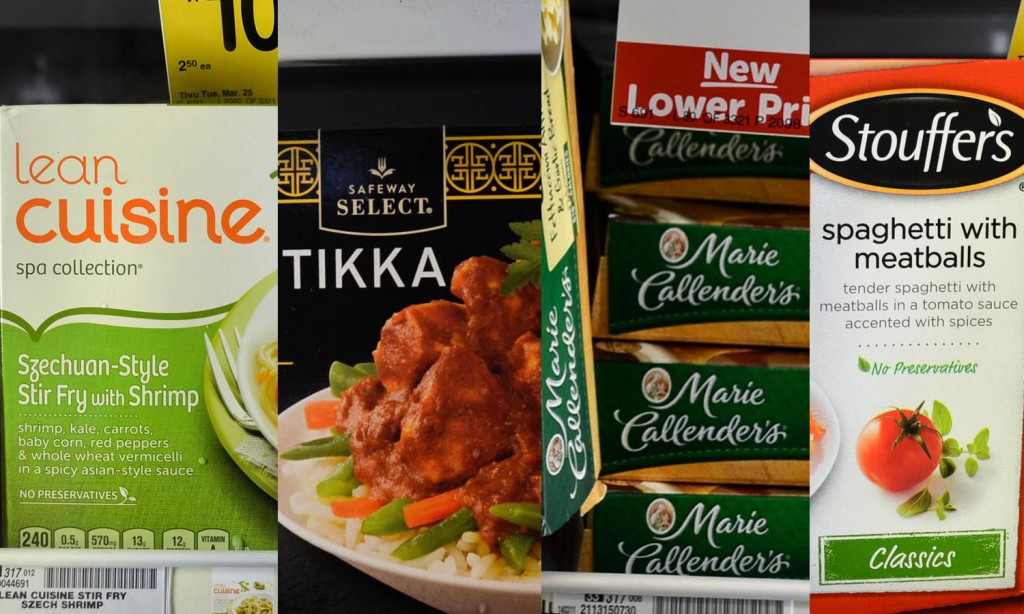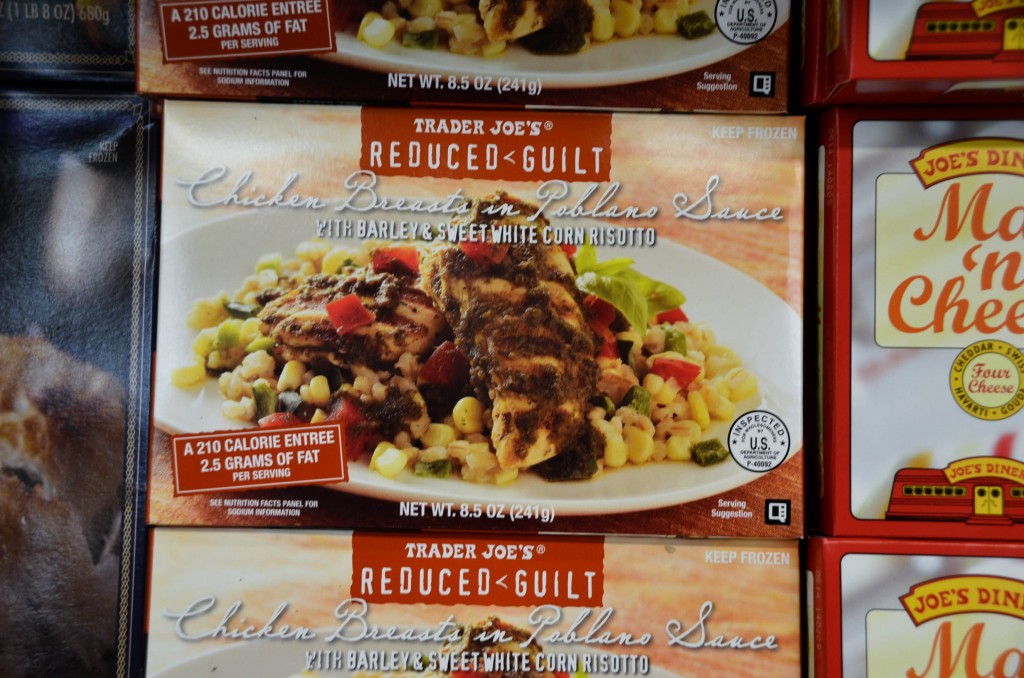Between starting a new internship, actively participating in clubs, hanging out with friends, studying and attending (most of) our classes, eating healthy oftentimes falls to the wayside. Whether living in a dorm or an apartment, it’s tempting to throw a premade frozen entrée into the microwave for a quick–if hardly gourmet–meal instead of heading to the dining hall or spending what little free time you have in the kitchen actually cooking.
Sure, some of those frozen items taste pretty good after a marathon study session at the library, but do you actually know what’s in the food you are about to eat?
Some say ignorance is bliss, but when it comes to feeding these gigantic brains of ours, knowing what exactly we are putting into our bodies can be the difference between a few percentage points on that next big exam.
After research and review of five different frozen food brands-–Marie Callender’s, Stouffer’s, Lean Cuisine, Safeway Select and Trader Joe’s-–Spoon has some helpful tips to remember for the next time you are preparing to stock up on emergency meals.

Photo by Jocelyn Hsu
Ingredients to Avoid
A majority of the meals reviewed contained less than desirable preservatives and ingredients to look out for prior to throwing them into your shopping cart. The list includes:
- Hydrogenated Oil: Often full of trans fats, which raise
cholesterol considered “bad for the body,” while lowering cholesterol considered “good.” - (High Fructose) Corn Syrup: Often hidden in meals you don’t think need to be sweetened.
- Vegetable Mono- and Diglycerides: As with hydrogenated oil, this additive often contains trans fats.
- Calcium Propionate: An antifungal substance that prevents the growth of fungus and mold. The body processes it pretty easily, but still… Gross.
- Calcium Disodium EDTA: An additive that makes metals in the foods less reactive.
Nutrition Facts
In a nutshell, try to avoid consuming frozen meals that contain over 400 calories or 25 grams of fat, and the lower the sodium, the better. Our bodies are genetically predisposed to craving salts, yet too much sodium increases the risk of stroke, heart failure, osteoporosis, stomach cancer and kidney disease.

Photo by Jocelyn Hsu
Best Bet
Out of the five brands, Trader Joe’s is often the best deal for frozen dinners with its simple ingredients containing minimal amounts of preservatives, inexpensive prices and a diverse selection of meals to choose from. Well-known favorites are their Indian-style meals like the Palak Paneer, made with spinach and real paneer cheese, or the spicy Lamb Vindaloo. And instead of corn syrup, Trader Joe’s uses real sugar or molasses.
However healthy and easy frozen food can seem, freezing is still a process in which foods lose some of their nutritional value. While we don’t suggest that you exclusively eat Trader Joe’s frozen entrées every night, it doesn’t hurt to indulge every once in a while. Fresh food is always the best way to go, and your body will thank you for it long after you graduate from college.

